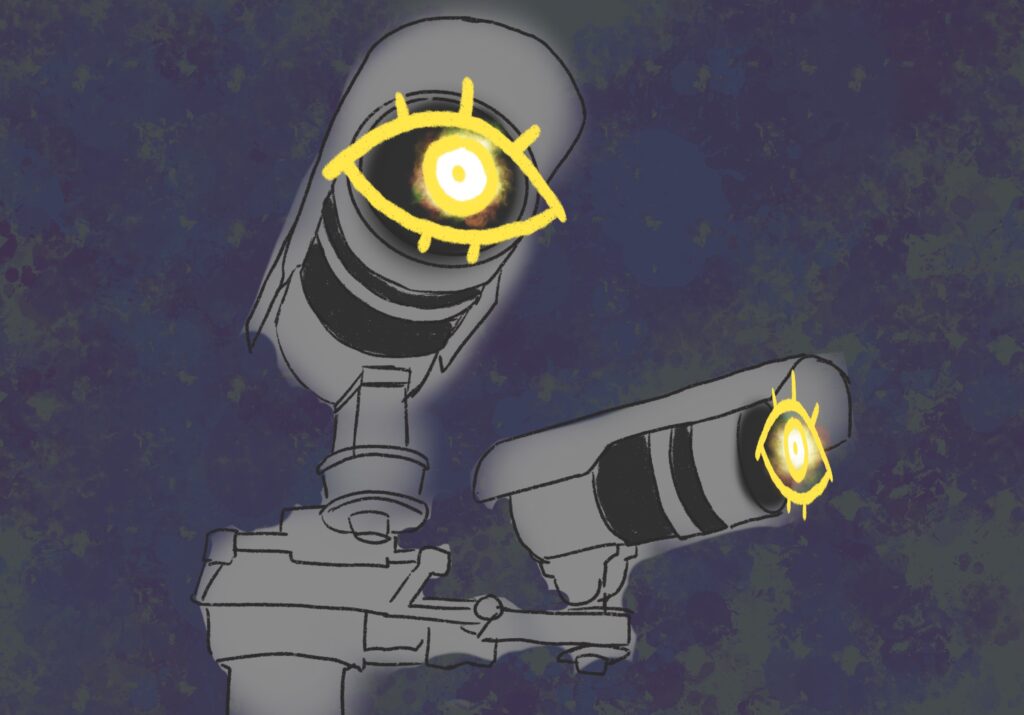Procreate is an ultra-versatile art app that allows for all sorts of image creation and editing. With digital art becoming more and more prevalent, having tools like this as an option for students is increasingly important. I have used procreate for a long time, but I have not looked at it through the lense of an educator. I have gone through a few artworks I’ve created using the app and would like to talk about how the methods used for making them can be applied in the classroom.
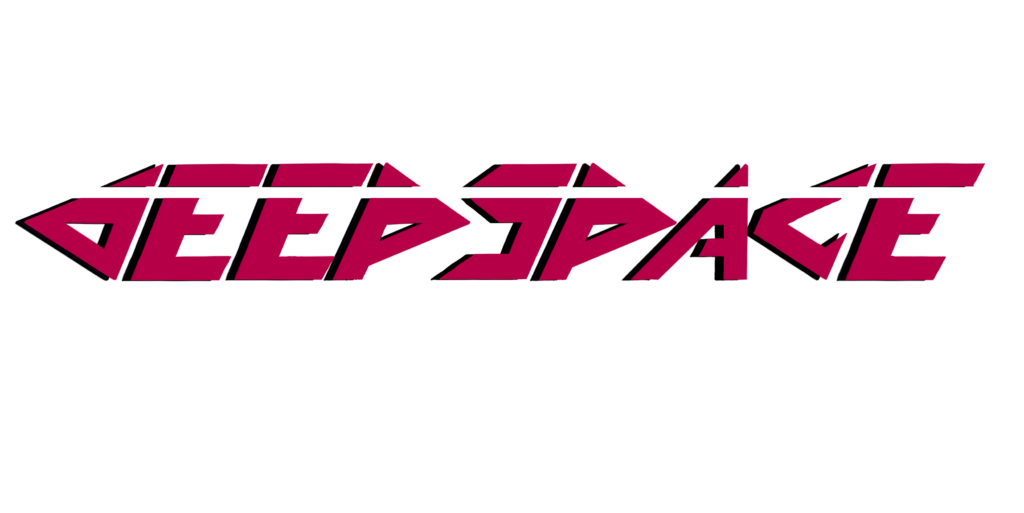
Seen above is a small logo I made for a friend, it was the first time I had worked with creating text. Procreate provided a means for me to take what I had drawn on paper, move it to digital, and edit/tweak it within a system that supports technical detail. Normally working with perfect lines and edges is challenging and with little room for error. Procreate allows you to individually edit angles and lines degree by degree allowing for a much more streamlined and much less frustrating workflow. For students wanting to delve deeper into things like logo making and graphic design procreate can be an easy step in the middle that doesn’t require learning a complex new program

Above is an album cover I made for a friend. Procreate can provide an easier approach to image editing than photoshop with most of the key features intact. Things like autoselect, applying filters, and creating layers you can spin an image any way you like. The process of drawing on top of images is much easier in Procreate. Rather than needing a drawing pad and an insane amount of hotkeys, you can get started with minimal prior knowledge. My main issue with photoshop has always been that it is difficult to figure out without extensive guides. Procreate is a much easier program to get started on in my experience.
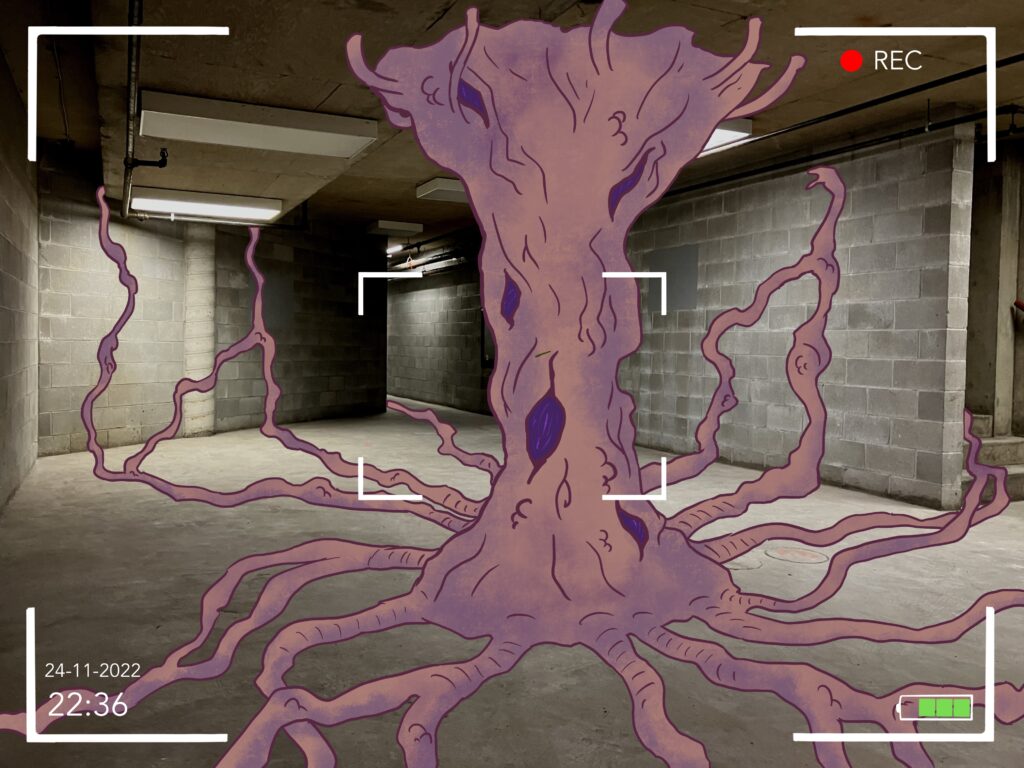
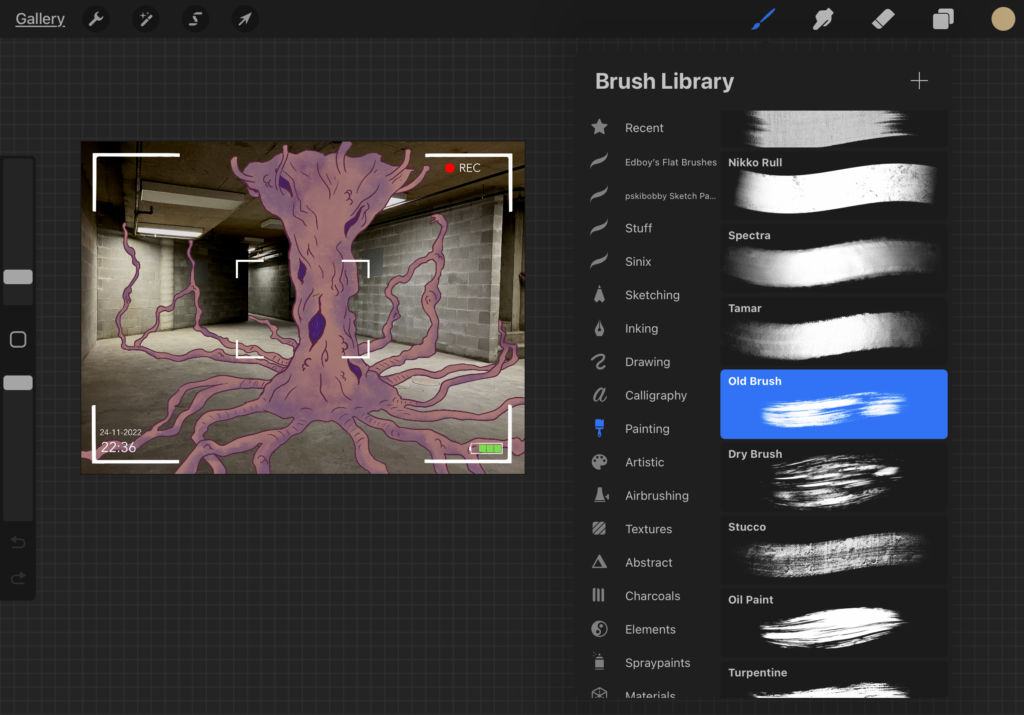
The built-in and downloadable brush libraries for Procreate allow you to create nearly any texture or linework within one program. Experimentation is the name of the game. There is also no punishment for failure as you can undo what you have done with the touch of two fingers. Being able to play with new ideas without fear of ruining an art piece has let me work in ways I never would have otherwise.
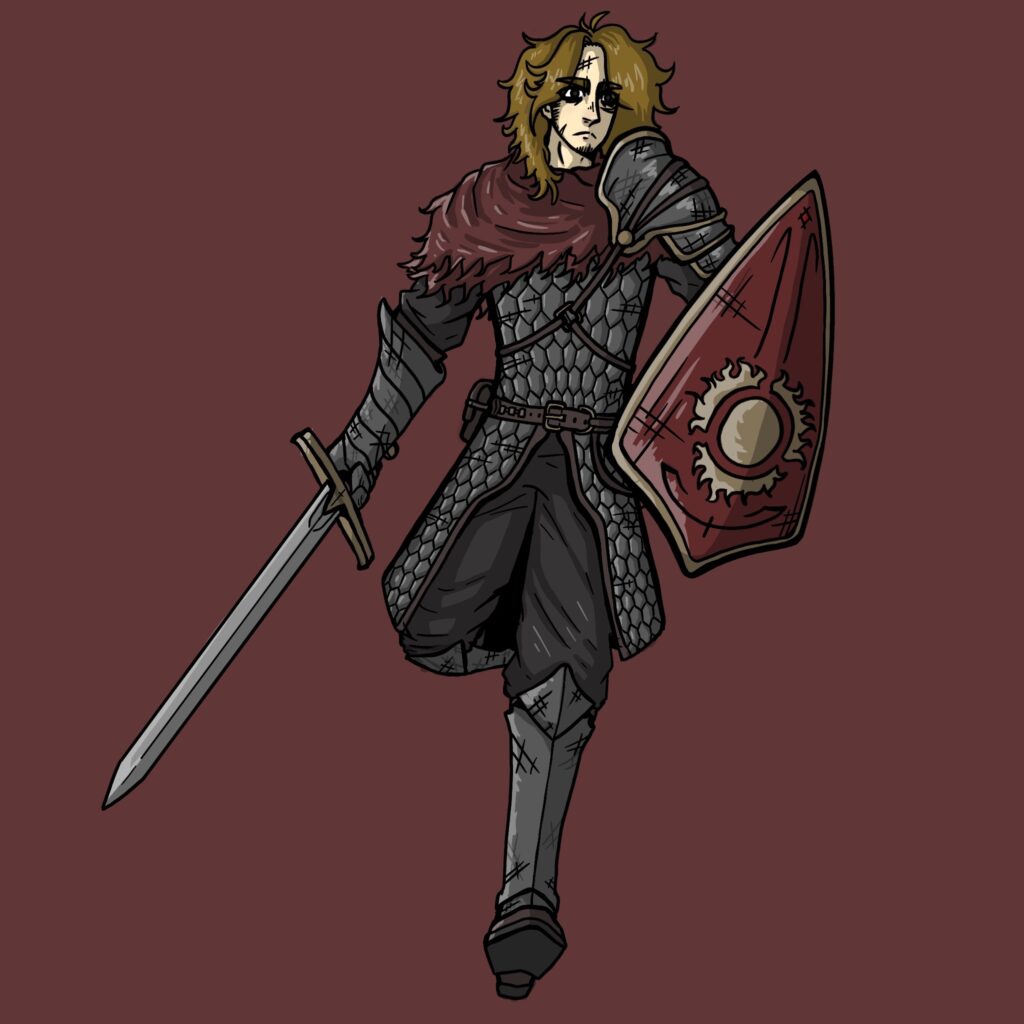
Finally, Procreate is just an interesting tool for making drawings or digital paintings. I do not have a steady hand, I tend to work too quickly at times and screw up a piece. For people like me Procreate is a godsend, allowing me to work with detail I would never be comfortable doing on paper. The skills you develop on the screen or paper carry over more often than not, so providing alternate ways of working that may be more comfortable for certain students comes at no cost to their learning. Obviously some projects will have to be done physically, but there is a clear opportunity for things like procreate to gain even more traction in coming years.

